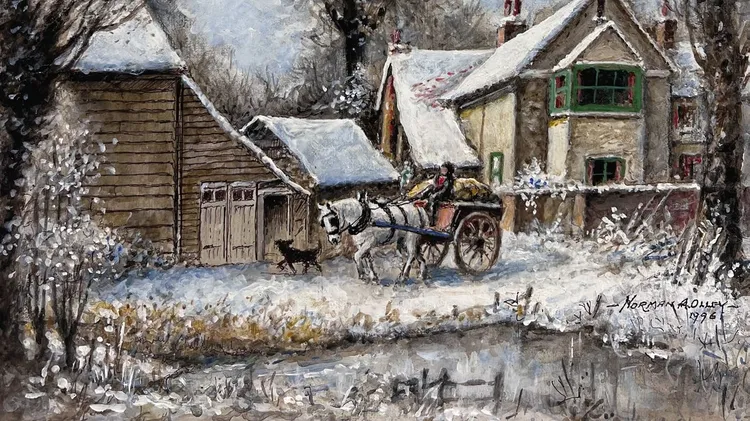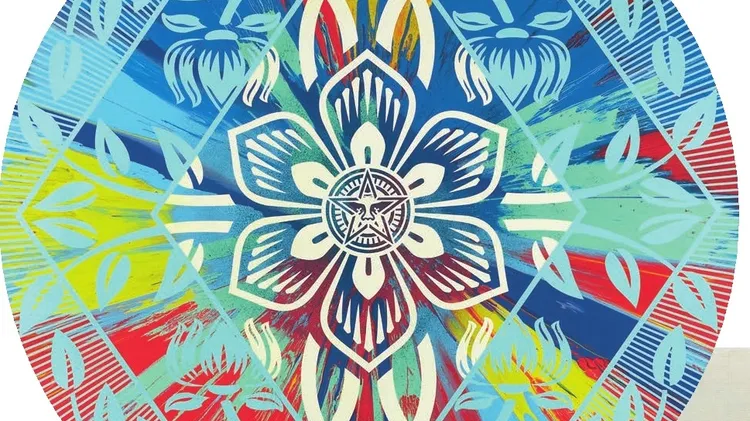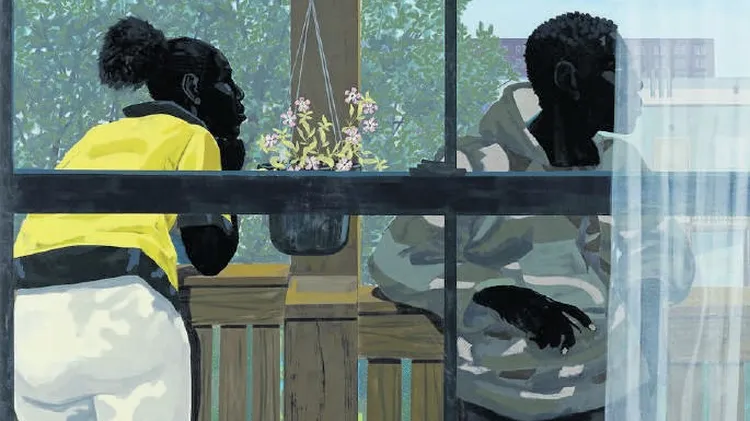Amanda Hodges looks into an exhibition of DAVID HOCKNEY’s early dra
Hockney: the early years
4 min read
This article is from...
Read this article and 8000+ more magazines and newspapers on Readly






